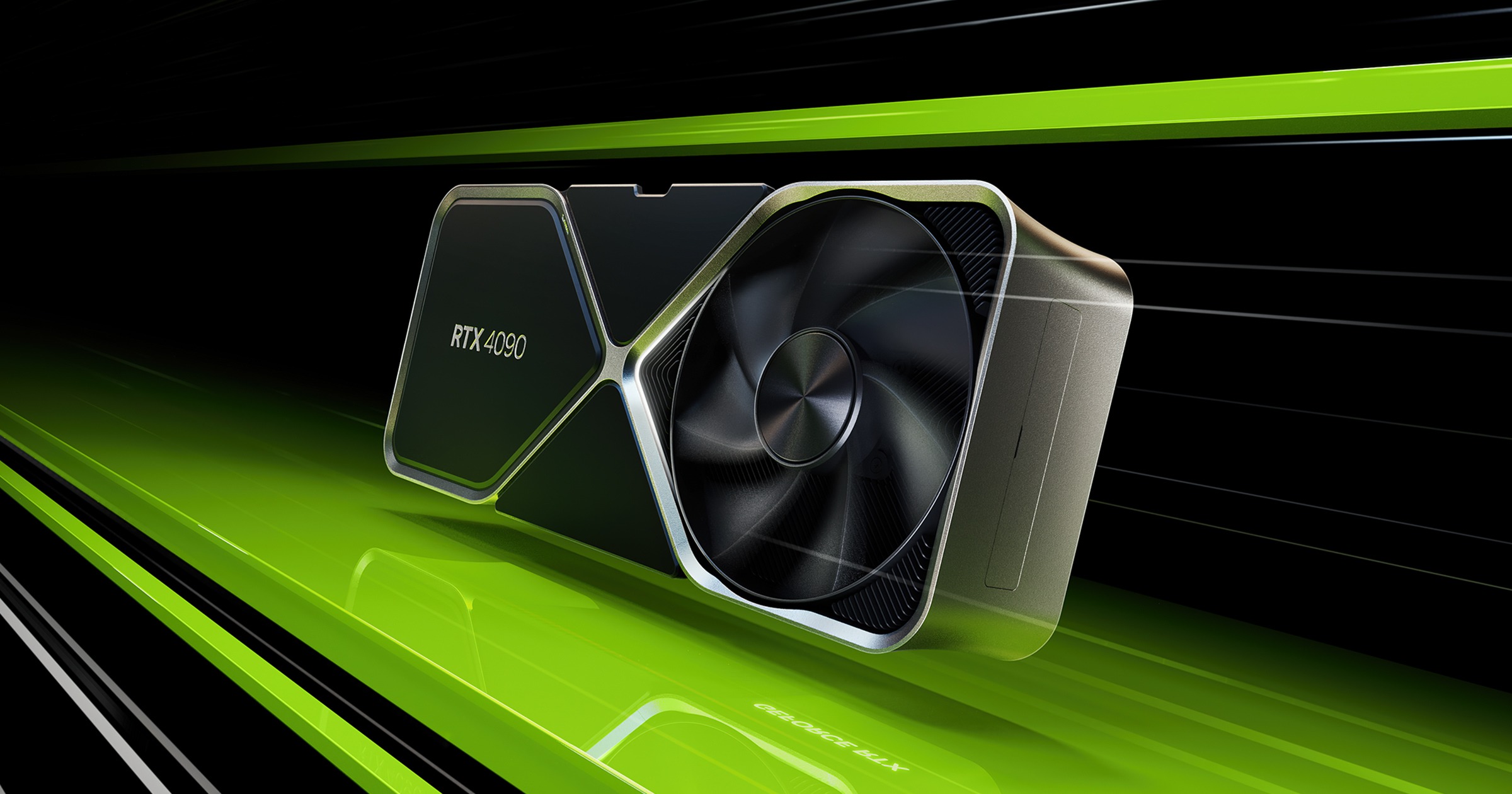
Introduction
NVIDIA, a trailblazing technology company, has been at the forefront of transforming the world of Graphics Processing Units (GPUs). Established in 1993 by Jensen Huang, Chris Malachowsky, and Curtis Priem, the company has since become a global leader in visual computing technologies. With a relentless pursuit of innovation and an unwavering commitment to excellence, NVIDIA has revolutionized numerous industries and played a pivotal role in advancing cutting-edge GPU technology.
A Glimpse into NVIDIA’s Vision
Unleashing the Power of GPUs
At the heart of NVIDIA’s vision lies the aspiration to unlock the true potential of GPUs. Graphics Processing Units, initially designed to accelerate image processing, quickly found applications beyond traditional graphics rendering. NVIDIA envisioned a future where GPUs could handle complex computing tasks, enabling breakthroughs in various domains like artificial intelligence, deep learning, and scientific simulations.
Pioneering GPU Computing
NVIDIA’s unwavering focus on GPU computing set them apart from the competition. The company recognized early on that the parallel processing power of GPUs could be harnessed to tackle computationally intensive problems more efficiently than traditional central processing units (CPUs). This realization sparked the advent of General-Purpose GPU (GPGPU) computing, where GPUs could be used for tasks beyond their traditional graphics-rendering capabilities.
A Journey from Gaming to Supercomputing
NVIDIA’s journey began in the gaming industry, where they earned a reputation for producing high-performance graphics cards. Their dedication to delivering stunning visuals and smooth gaming experiences solidified their position as a leading gaming GPU manufacturer. However, the company did not stop there. NVIDIA recognized that their GPUs possessed immense processing power, which could be leveraged in scientific and research applications.
With this vision in mind, NVIDIA expanded its focus into supercomputing and high-performance computing (HPC) domains. They developed specialized GPU architectures and software libraries tailored for scientific simulations and data analysis, earning accolades from researchers and scientists worldwide.
NVIDIA’s Impact on Industries
Transforming Healthcare with AI
The integration of AI and GPU computing has catalyzed significant advancements in the healthcare sector. NVIDIA’s GPUs, paired with deep learning algorithms, have facilitated early disease detection, personalized treatment plans, and drug discovery processes. Medical imaging technologies have seen a dramatic improvement, enabling physicians to make more accurate diagnoses.
Revolutionizing Autonomous Vehicles
NVIDIA has been a driving force behind the development of autonomous vehicles. Their powerful GPUs process vast amounts of real-time data from sensors, allowing vehicles to navigate safely and efficiently. The company’s DRIVE platform has become a standard choice for numerous automakers and technology companies, accelerating the adoption of self-driving technology.
Fueling Scientific Discoveries
The world of science owes a great deal to NVIDIA’s contributions. Researchers and scientists have harnessed the computing prowess of NVIDIA GPUs to simulate complex phenomena, model climate changes, explore outer space, and advance drug research. The parallel processing capability of GPUs has shortened the time required for simulations, leading to faster discoveries and breakthroughs.
Key Innovations by NVIDIA
CUDA Architecture: Empowering Developers
NVIDIA’s Compute Unified Device Architecture (CUDA) has been a game-changer for developers worldwide. It opened up the potential of GPU computing to a broader audience by providing a powerful programming model and a comprehensive set of tools. CUDA enabled developers to harness the immense parallel processing capabilities of NVIDIA GPUs with ease, fostering a vibrant ecosystem of GPU-accelerated applications.
Tensor Cores: Fueling Deep Learning
Deep learning algorithms have gained widespread popularity, thanks to their ability to solve complex problems in various domains. NVIDIA’s Tensor Cores, introduced with the Volta architecture, have accelerated deep learning computations significantly. These specialized cores handle matrix multiplication efficiently, making NVIDIA GPUs the preferred choice for deep learning tasks.
Real-Time Ray Tracing: Elevating Visual Realism
Real-time ray tracing has been a holy grail for the gaming industry, promising photorealistic visuals. NVIDIA’s RTX series of GPUs introduced dedicated hardware for ray tracing, making real-time ray tracing in games a reality. This breakthrough has set a new standard for gaming graphics and paved the way for more immersive virtual experiences.
The Green Team’s Commitment to Sustainability
NVIDIA’s commitment to sustainability sets an inspiring example in the tech industry. The company has made significant strides in reducing its carbon footprint and investing in renewable energy sources. Additionally, NVIDIA’s efforts to promote ethical practices and diverse workplaces have garnered praise from various communities.
Conclusion
NVIDIA’s journey from a gaming-focused GPU manufacturer to a global technology leader has been nothing short of remarkable. Their relentless pursuit of innovation, commitment to advancing GPU computing, and transformative impact on various industries make them a force to be reckoned with. As NVIDIA continues to push the boundaries of what GPUs can achieve, the future of computing looks brighter than ever before.









